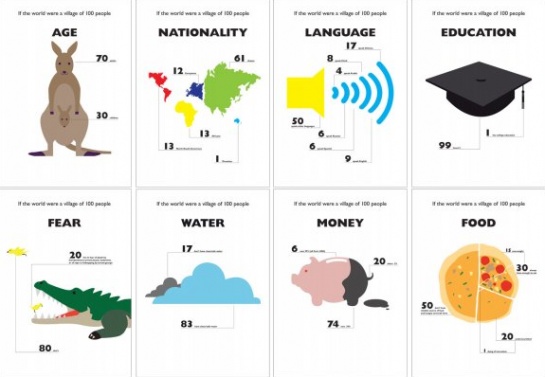It is quite surprising that this was not the norm, to manage the public good!
the Federal Court of Canada released late yesterday that it will force the federal government to stop withholding data on one of Canada’s largest sources of pollution – millions of tonnes of toxic mine tailings and waste rock from mining operations throughout the country.
The Federal Court sided with the groups and issued an Order demanding that the federal government immediately begin publicly reporting mining pollution data from 2006 onward to the National Pollutant Release Inventory (NPRI). The strongly worded decision describes the government’s pace as “glacial” and chastises the government for turning a “blind eye” to the issue and dragging its feet for “more than 16 years”.
I look forward to reading the court order. According to Ecojustice (Formerly the Sierra Legal Defence Fund) the ruling includes the following strong wording:
* It calls the federal government’s pace “glacial”[paragraph 145];
* It says the government’s approach has been simply to turn a “blind eye”[207];
* It notes that the frustration felt by advocates trying to uncover this information “after more than 16 years of consultation” is “perfectly understandable” [124];
* It states that not reporting “denies the Canadian public its rights to know how it is threatened by a major source of pollution”[127];
* It highlights that the minister has chosen not to publish the pollution data “in deference to” the mining industry[220];
* It used unusually simple language even I understand when it said that the government was simply “wrong”[177].
The advocates were: Justin Duncan and Marlene Cashin and their dedicated clients at Great Lakes United and Mining Watch Canada who launched the case in 2007.
It is uncertain how these data will be released. Currently, these types of pollutant data are released on the National Pollutant Release Inventory (NPRI) which is:
The National Pollutant Release Inventory (NPRI) is Canada’s legislated, publicly accessible inventory of pollutant releases (to air, water and land), disposals and transfers for recycling. (Mining Watch)
The NPRI is fairly usable & accessible, includes georeferencing and some mapping services. I tried to use their library and it was however not working!
The Mining Association of Canada wants to read the ruling “carefully” to assess how Environment Canada should release these data. I find this confusing, since I thought the Government got to decide how these data are to be released and what is to be included, and that decision was based on ensuring the public good and the public right to know. The fight is not yet quite over. It will be important to ensure the data are not watered down for public consumption.
It is another wonderful example of creating an infrastructure – NPRI + law – to distribute public data. This also teaches us something about gouvernementalité, and who the government thinks with, in this case the mineral and mining industry and not citizens. Citizens should not have to lobby for 16 years and expend incredible resources to get the courts to get the government to ensure the public good!
Articles:
Court ruling considered major victory for green organizations, MARTIN MITTELSTAEDT, Saturday’s Globe and Mail, April 24, 2009
Mining Watch Press Release: Court Victory Forces Canada to Report Pollution Data for Mines, Friday April 24, 2009 11:31 AM

Comments on Posts